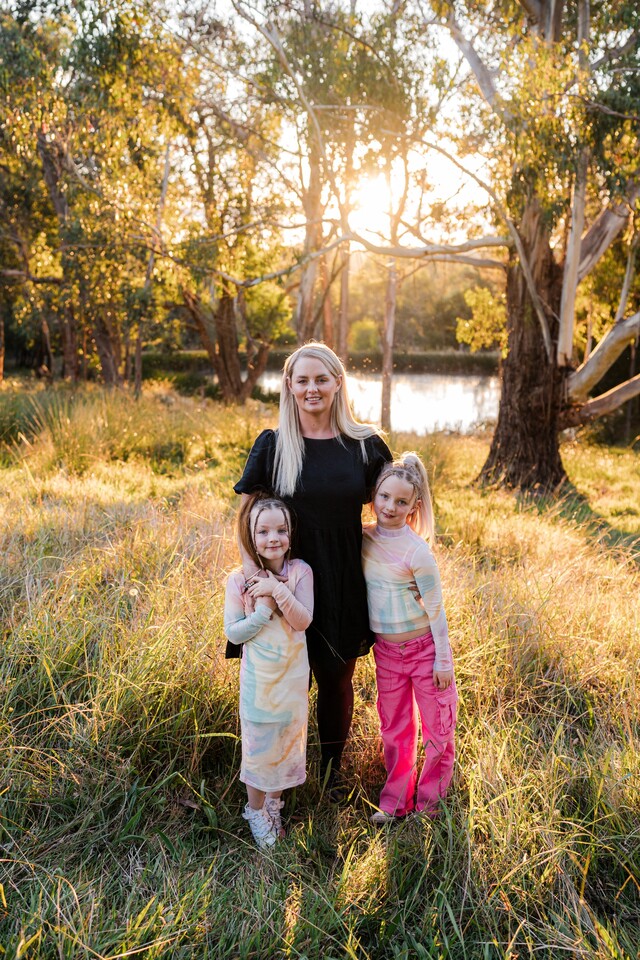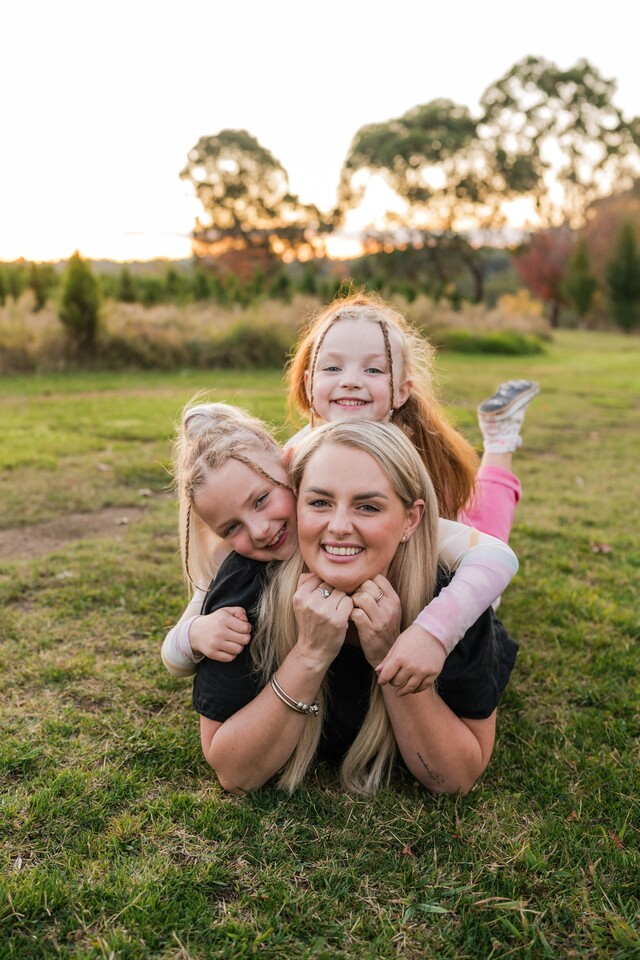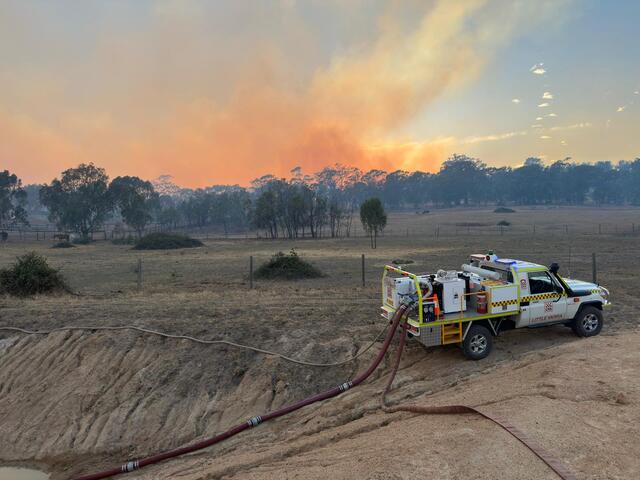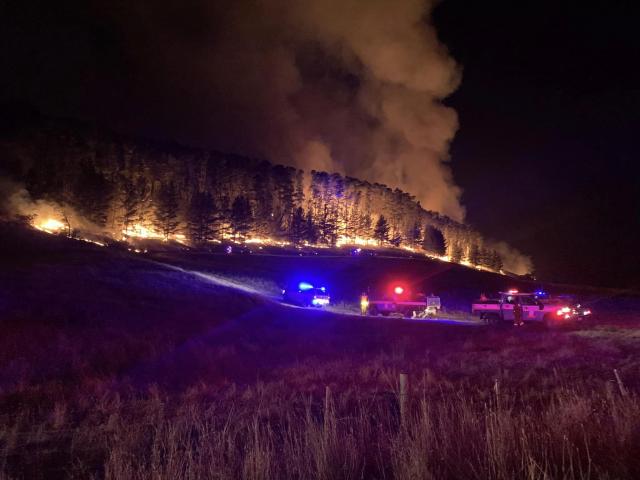When the prospect of returning to work after injury fades, the state’s workers compensation framework is meant to guide and support those unable to because of their condition.
Yet a Launching Place mother and a volunteer dedicating her time to helping people through the claims process tell a very different story of the system.
Former Boral Quarries Montrose employee Joanna McNeill, who was diagnosed with silicosis from exposure to silica dust as an administrative worker in 2019, said she has been met with hurdles at nearly every stage of her WorkSafe Victoria claim process since being approved.
Injured Worker Support Team (IWST) volunteer Vasalia Govender, who worked as a health and safety representative in the disability sector, has shifted her focus to guiding others from all industries through, what she described, as a difficult system to navigate.
Because she knew the legislation and process, Vasalia said many of her claims were accepted without dispute but she discovered this wasn’t the case for many people.
“I found that other injured workers in the disability sector who had claims terminated, and it became a real issue,” she said.
“So 10 years ago, that’s when I actually started assisting injured workers, helping them to get claims accepted.
“The rule is simple, if you get hurt whilst at work or work is the contributing factor, your claim is to be accepted. But what I found was that claims were being rejected without any evidence, even when the medical evidence supported the injury.”
In 2021, Vasalia started IWST to assist injured workers through their claims with WorkSafe.
The community of injured workers Vasalia currently supports is 327, with 38 waiting to be admitted into the group.
“We would help you from the day you got injured, help you to put in the claim, provide supporting evidence. If the claim was rejected, we’d represent you at the Workplace Injury Commission,” she said.
A WorkSafe spokeswoman said the compensation body has a variety of programs to support each individual in accessing the support needed as an injured worker, especially those with long term injuries or complex needs.
“WorkSafe provided tailored support to more than 104,000 injured workers last financial year and improving outcomes and experiences of workers compensation is a core priority,” she said.
“No one chooses to suffer an injury or illness at work and WorkSafe is committed to ensuring the right supports are in place to care for those who are injured to give them the best possible chance of recovery.”
One of the major problems Vasalia identified, however, is the fact that injured workers are referred to with their claim number, not their name, something she said was dehumanising.
“Once you become an injured worker, you become a number, and none of your rights matter. It’s not about getting you back to work. It’s not about treating your injury or your illness. It’s about pushing you off the system.”
In Joanna’s case, because of her condition, she is more susceptible to severe illness and in 2022, she was admitted to hospital with pneumonia.
The fear of what would happen to her two young children made her hospital admission all the more scary.
“I said, ‘who’s going to look after my children? I needed someone and I was screaming ‘I have no support, I need someone to look after my two girls’,” Joanna said.
“I was crying on the phone to everybody, and at this stage I didn’t know IWST, and I was like ‘am I going to get my kids taken off me because of a workplace injury?’”
After connecting with Vasalia, Joanna came to realise she should have been provided childcare services under her work cover, as well as her admission fee of $500 being covered.
“The reason Jo didn’t get the support was because in an email to us, the case manager initially said she didn’t know about the Child Care Policy and the reimbursement for being in hospital,” Vasalia said.
Because of the trauma experienced by her two children, Joanna said she has been trying to get them access to therapy under her work cover since 2019 but still hasn’t been able to.
“They’ve seen a lot of things. I’ve been in the media a lot, so my kids are exposed to what is going on in my life. They’ve seen horrible things that have happened to me that they don’t need to see. They’re traumatised,” she said.
As a single mum, whose WorkSafe payment was calculated on her post-maternity leave part-time wage, Joanna receives around $550 a week.
Between food, bills, schooling costs and putting petrol in her car, Joanna said it doesn’t leave much left over for medical expenses, which is why WorkSafe exists.
But specific treatments, like clinical pilates, she is meant to be able to access to keep her lungs functioning at capacity, Joanna said she has had to cancel because the clinic wasn’t receiving the funds from WorkSafe to continue treatment.
“I’m scared to exercise by myself. I have to have someone with me. Part of my lung condition is that I have to exercise but I can’t even go for a walk by myself. I’m riddled with anxiety, and then I pass out. I don’t know if it’s my anxiety or my lungs.”
Joanna said what makes the process of getting her essential medical treatments approved and paid for under work cover even harder is the constant revolving door of case managers – in five years, she has had eight different case managers.
WorkSafe said it sets its agents’ performance measures and targets to deliver quality case management.
In the 2022-23 financial year annual report, WorkSafe set a service performance target of 73.1 per cent for the long term injured worker category, with all but one agent reaching or going slightly above this target.
While Joanna has attempted to go back to work for a few days a week, she said “I just couldn’t do it anymore, I got so sick”.
“I’d love to go back to work. It’s just not possible for me right now and I don’t think in the near future it will ever be because I get sick, I’m vulnerable, I’ve got a compromised immune system.”
With getting people back to work a key focus of the WorkSafe philosophy in either 13, 52 or 130 weeks, depending on the severity of injury, Vasalia said, in her opinion, a complex, long-term injured worker, like Joanna, feels pressure to return or remove themselves from the WorkSafe system.
The WorkSafe annual report showed that roughly 50 per cent of injured workers whose claims were accepted and were receiving weekly payments returned to work within 13 weeks, roughly 35 per cent returned at the 26 week mark, between 12 and 16 per cent at 52 weeks and around six per cent at 134 weeks.
WorkSafe confirmed that 26,315 workers were supported in their return to work, of which almost 75 per cent who had a physical injury and 42 per cent with a mental injury were back at work within six months.
And while Vasalia agreed that early intervention and getting back to work was a positive and important part of WorkSafe’s purpose, especially having seen the incredible outcomes that have resulted after injury, she said the same commitment and advocacy had to be given to complex injured worker cases.
Announced last year, Monash University School of Public Health and Preventive Medicine Professor Alex Collie, alongside a team of researchers, embarked on an Australian first research project called Workers’ Voice.
The Australian Research Council-funded project will use lived experience evidence to research where improvements in the country’s compensation systems may lie.
Professor Collie said there was now strong evidence that Australia’s workers’ compensation systems were structured and operated in a way that could cause problems for injured workers.
“Many studies in Australia and internationally show that a lot of people find workers’ compensation stressful and complex, and that for some people this contributes to slower recovery and significant distress,” he said.
“These studies suggest that it is the way workers’ compensation schemes operate that can lead to problems. The sector has a history of treating injured workers as claims to be managed, rather than as vulnerable people in need of support.”
The Australian Bureau of Statistics (ABS) most recent data on work-related injury or illness from 2021-22 showed that 497,300 people were injured or became ill from work.
It also showed that 85 per cent of people were able to return to work, eight per cent changed jobs and seven per cent left or lost work because of their injury or illness.
WorkSafe Victoria said it was currently managing 2000 long-term injured worker cases who have been on the workers compensation scheme for more than 130 weeks. It said individual recovery plans, with a person centred approach had been established for each worker.
The Recovery and Return to Work Program, set up in 2020-21, identified people on the scheme who, because of their injury, would have a slow recovery or delayed return to work. It has since supported 21,000 individual workers, including a number who hadn’t worked in more than 10 years.
For those who need to make the transition back to work because they are no longer entitled to workers compensation, WorkSafe can provide psychosocial supports, occupational rehabilitation, training or connection to suitable employment opportunities.
As someone who has navigated the system for five years now, Joanna said she often receives calls or messages from other injured workers, especially those who have been diagnosed with silicosis but there was very little support from external agencies or groups.








